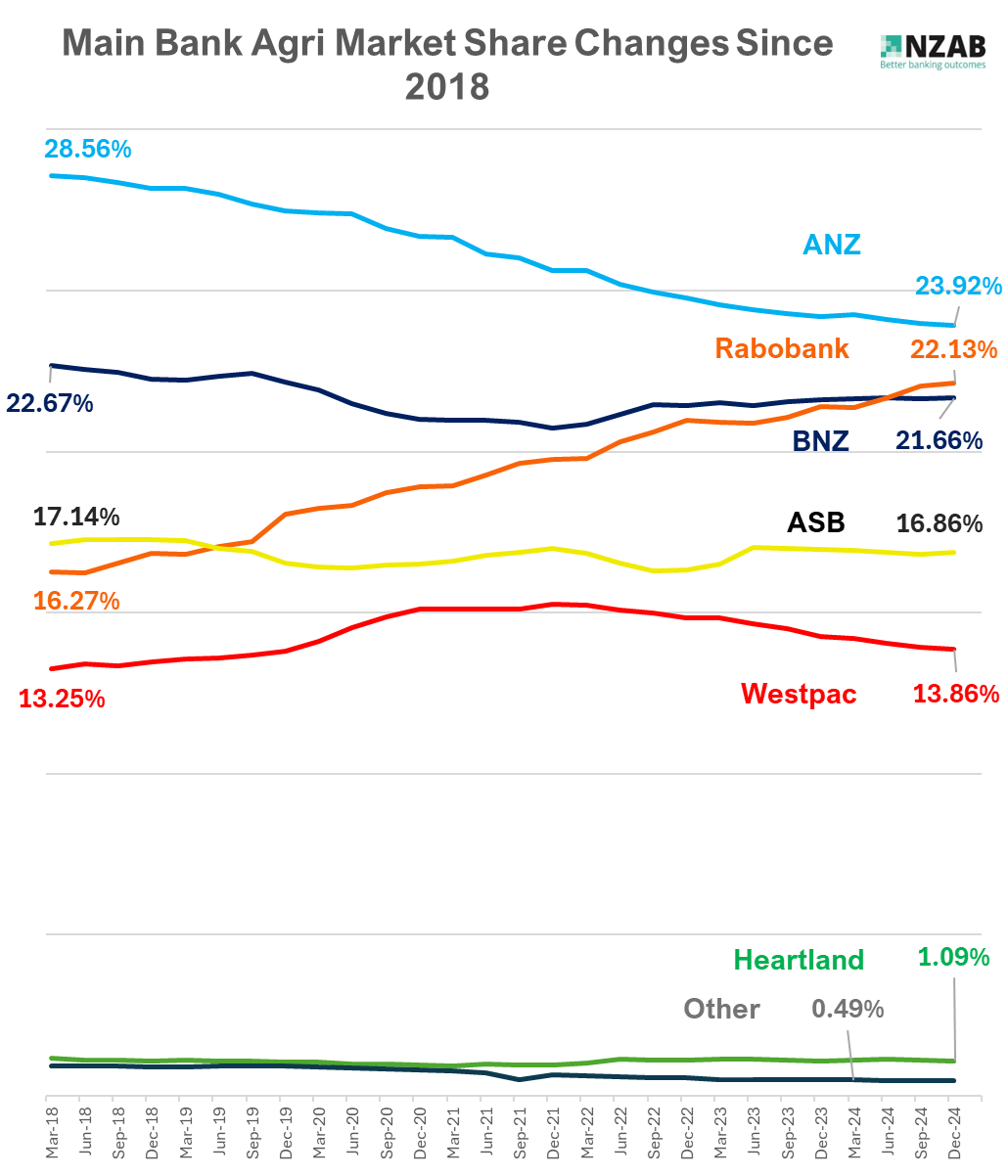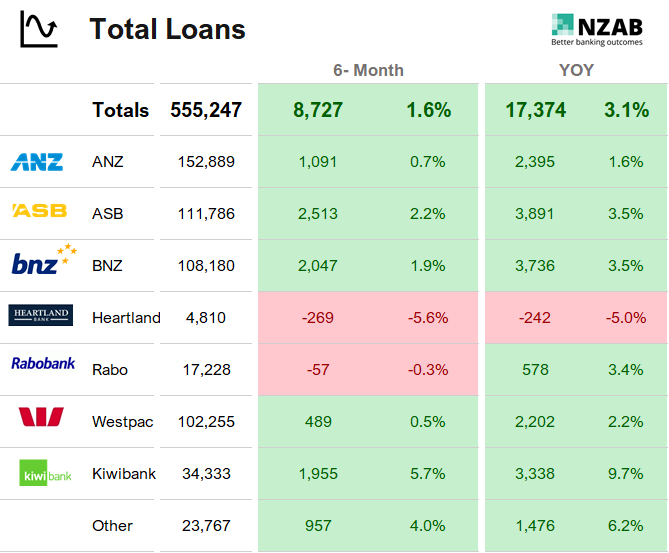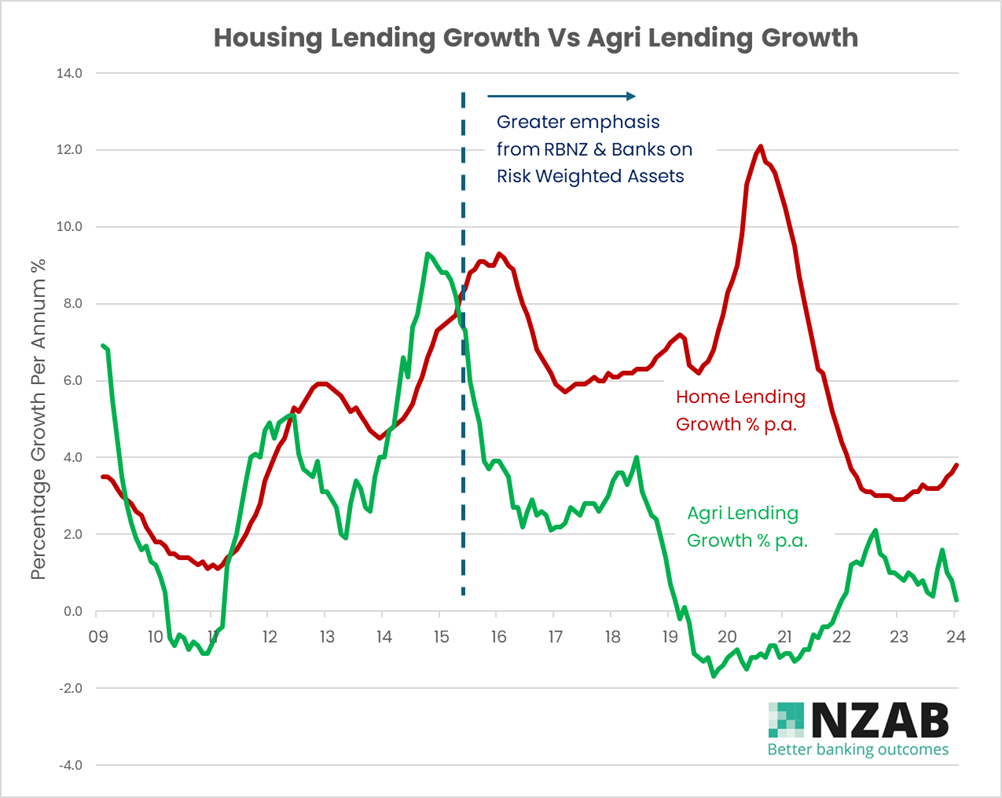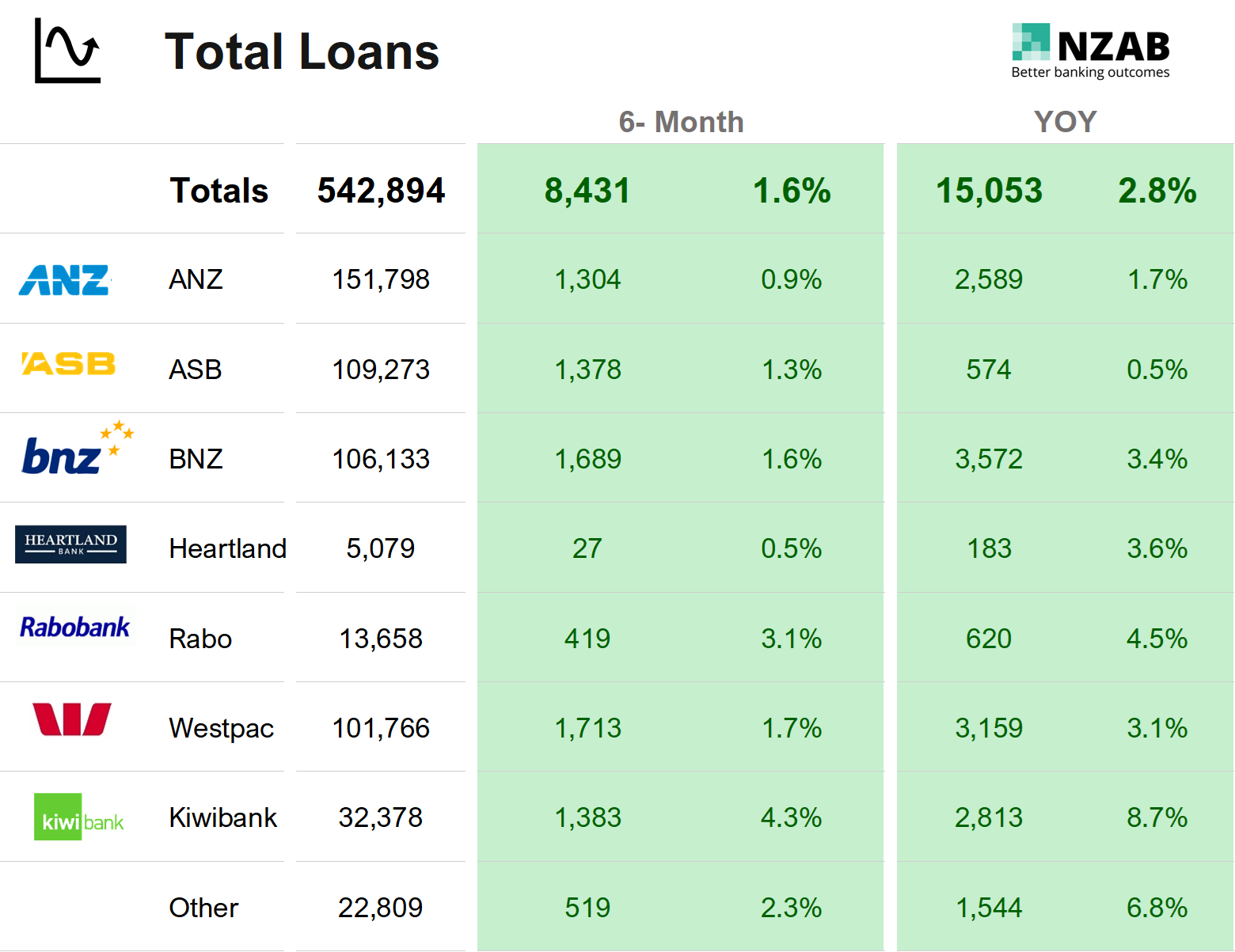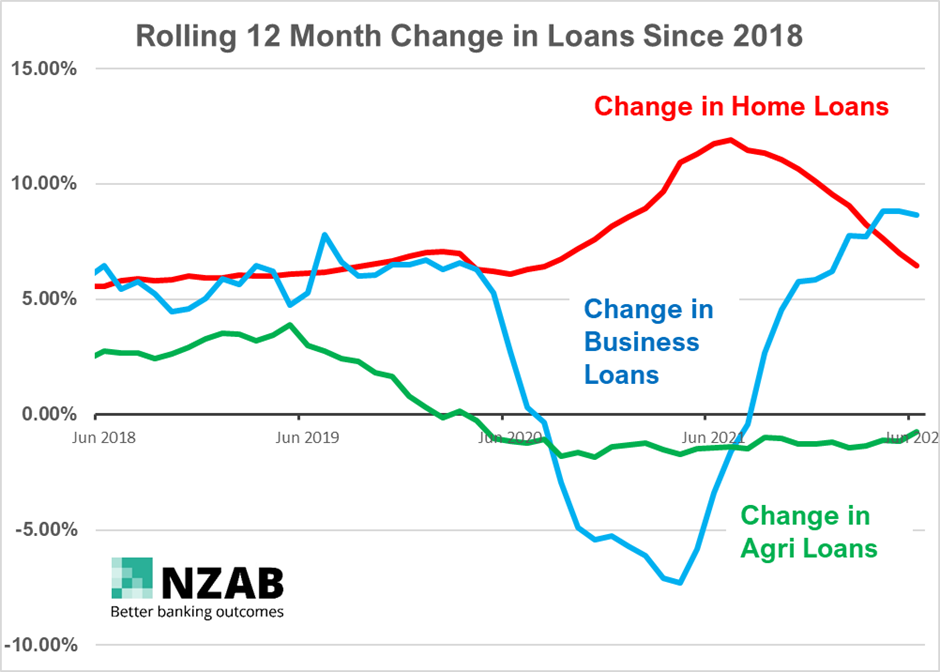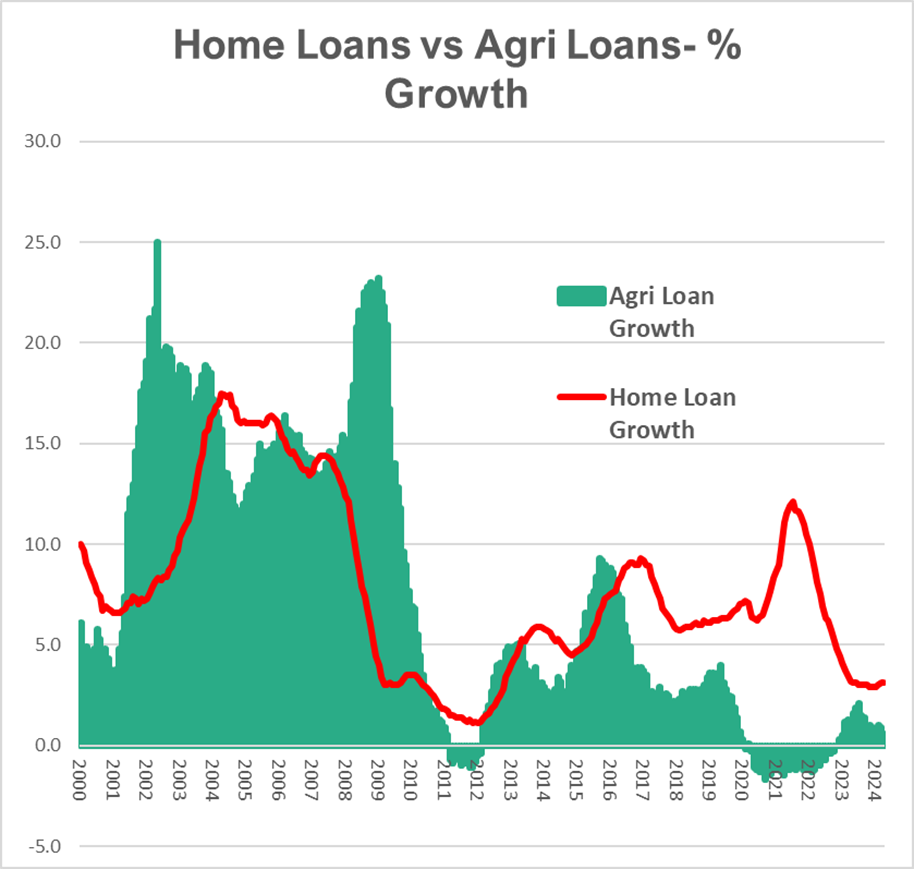Information only disclaimer. The information and commentary in this email are provided for general information purposes only. We recommend the recipients seek financial advice about their circumstances from their adviser before making any financial or investment decision or taking any action.
With the official announcement from the NZ government about launching an inquiry into Rural banking, we believe it’s an opportune time to share NZAB’s thinking on solutions that would increase the availability of competitive capital to farmers.
In our last article, we shared our submission to the Primary Production Select Committee. We were subsequently invited to present directly to the committee in person alongside Federated farmers and Rural Women’s Network.
In that submission, we outlined the problems we saw and the reasons behind them. We purposely stayed away from offering any solutions as we thought it was best to focus on identifying the issues first.
But now, we thought it worthwhile to share some of our thinking on what would increase both the availability of capital and the competitiveness of it.
In this article, we will touch on changes to “capital regulations” as one solution, but we will also touch on another five things that need to be focused on at the same time. The current capital restrictions that farmers' face is a problem due to multiple factors, not just the current bank settings.
Equally, changing capital regulations alone won’t solve farmers access to capital – it's only part of the puzzle. And it’s inherently risky if farmers' only focus on one area (capital regulatory change) and put all their eggs in that basket only to find that the RBNZ is unwilling to change.
The prize here is large.
Make no mistake about it - capital restriction due to regulation causes market harm. In the case of Agri, it can lower a farmer’s confidence in investment and even when investment is chosen, it drives up the cost of the capital deployed with it. It also sends the market the wrong signals, leading to asset price suppression, even when the underlying operating performance of the asset class is doing well.
Conversely, as we’ve seen in the home loan sector, it does the opposite – not just funnelling more debt capital into houses, but also investment capital as investors know they’re on a one way bet with rising asset values.
This regulation is creating bubble and bust situations with the classic case being the New Zealand housing market.
However, get the regulations right and capital will follow the right economics, rewarding those investments that have good economic returns and strong market fundamentals, consistent over a long period of time.
Let’s start with a picture.
As always, we want to start with a graph to paint the picture.
The below graph is the year-on-year percentage growth for Agri Loans, versus Home loans, dating back to 2000.
The point of this graph is to remind everyone that it was commonplace for Agri to have equal access (versus other sectors) to credit. Up until 2016, Agri lending growth closely followed the cyclical nature of all lending in New Zealand, but subsequent to that, you can see the clear re-direction of bank lending towards Home Loans.

